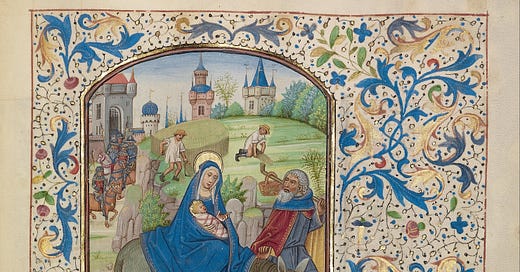“Who gets to be a saint is not just about holiness; it is about identity, politics, economics and geography. The historian Peter Burke regards saints as “cultural indicators, a sort of historical litmus paper sensitive to conditions between religion and society”. Canonisation has long been a way for the Catholic church to shape its image, and the Vatican has an incentive to approve candidates with useful profiles.”
An algorithm threw a fascinating read at me this week: Inside the Vatican's Secret Saint-Making Process from The Guardian. It’s a long read but fascinating!
The piece is about the canonisation of the first millenial saint, but it’s full of wonderful insight into how the history of saint making has evolved. Evolved of course in an attempt to control narrative and benefit the Vatican. There are some absolute gems in the article that I take joy in like this one below.
“The path to sainthood was not always so elaborate. Before the 12th century, saints were recognised by popular acclamation, creating what scholars have called an “unregulated saints market”. Popes only began exerting authority over the process when the market got out of hand. In 1170, after a Swedish bishop tried to canonise a monk killed in a drunken brawl, Pope Alexander III decreed that all would-be saints had to be approved by the Vatican.”
But before that blessed event, it was the people who decided who was a saint and worthy of receiving their prayers. Holy enough for us.
“It’s not the pope and it’s not the bishop who makes the Cause – it’s the people.”
I imagine at the time of the conversion of Scotland there was no absolute in telling people who they could pray to and where holiness was to be found. The best Columba and his disciples could do was to direct and include prayers to Jesus/Christ. And it doesn’t seem far removed for me that once people practiced worshiping people they had no problem deciding to pray to whatever people they thought most likely to actually help them. It has a very The Book of Mormon vibe about it all!
Creating a narrative that controlled who people were allowed to worship was the work of future centuries.
Susie



